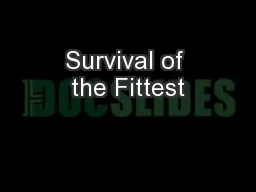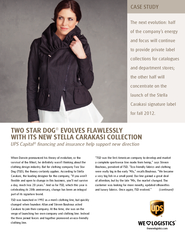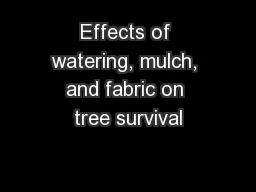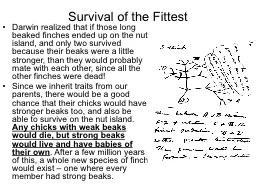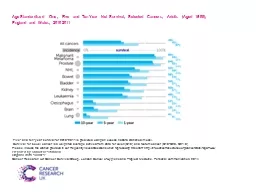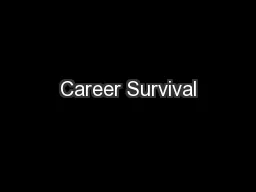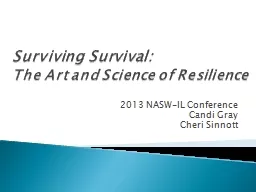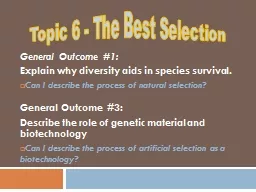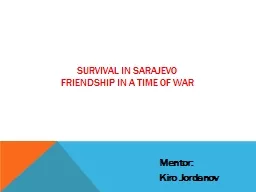PPT-Survival of the Fittest
Author : natalia-silvester | Published Date : 2017-04-23
Adaptation Mutation and Finches Natural Selection Natural selection means that traits that offer an advantage will most likely be passed on to offspring individuals
Presentation Embed Code
Download Presentation
Download Presentation The PPT/PDF document "Survival of the Fittest" is the property of its rightful owner. Permission is granted to download and print the materials on this website for personal, non-commercial use only, and to display it on your personal computer provided you do not modify the materials and that you retain all copyright notices contained in the materials. By downloading content from our website, you accept the terms of this agreement.
Survival of the Fittest: Transcript
Download Rules Of Document
"Survival of the Fittest"The content belongs to its owner. You may download and print it for personal use, without modification, and keep all copyright notices. By downloading, you agree to these terms.
Related Documents

